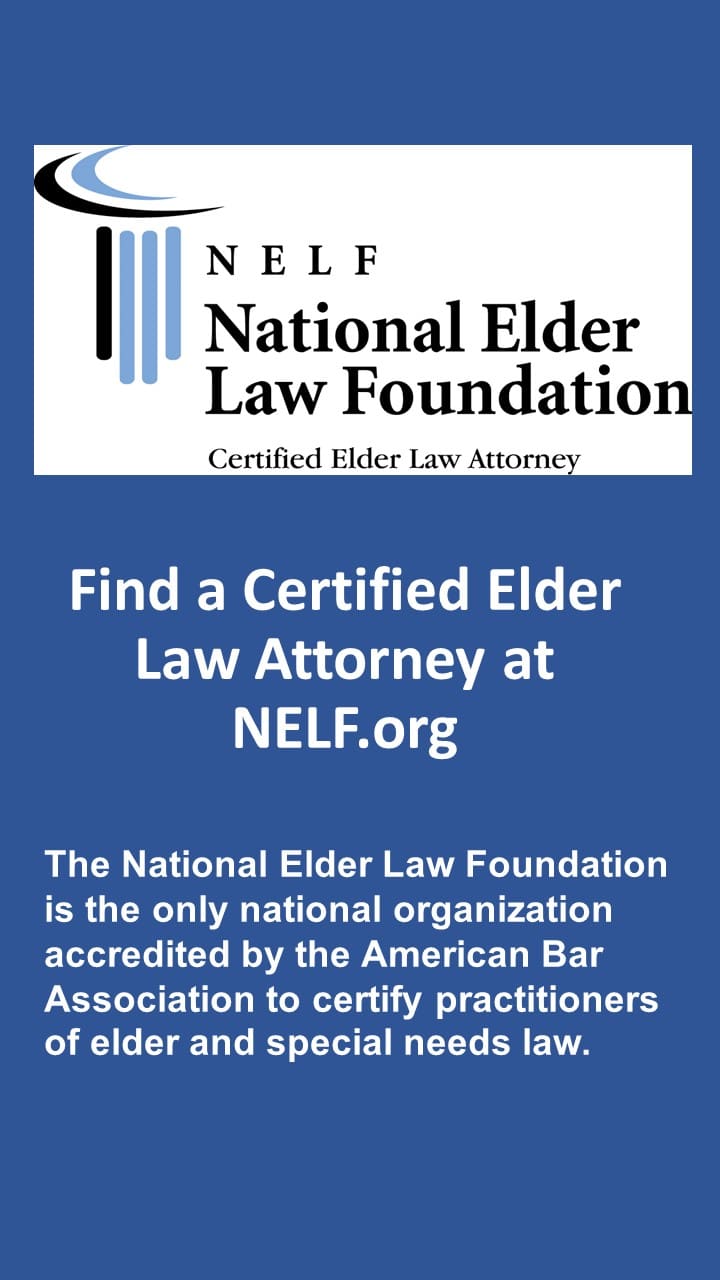Gun trusts were developed so gun owners can pass their firearms to beneficiaries or heirs at death (or disability) without creating unintended legal problems. Some people (e.g., convicted felons) are not allowed to own guns. Some weapons require a specific license. The trust is intended to prevent beneficiaries who are not allowed to own guns, or who do not have the proper license, from having them and inadvertently breaking the law. The federal regulations appear under the heading “Machine Guns, Destructive Devices, and Certain Other Firearms” so the heading suggests that the regulations only apply to some firearms. Essentially, the firearms regulated by the federal government are fully automatic firearms, rifles and shotguns with a barrel length under 26 inches and silencers.
The regulations apply to Responsible Persons. 27 CFR § 479.11 defines a “Responsible person” as:
In the case of an unlicensed entity, including any trust, partnership, association, company (including any Limited Liability Company (LLC)), or corporation, any individual who possesses, directly or indirectly, the power or authority to direct the management and policies of the trust or entity to receive, possess, ship, transport, deliver, transfer, or otherwise dispose of a firearm for, or on behalf of, the trust or legal entity. In the case of a trust, those persons with the power or authority to direct the management and policies of the trust include any person who has the capability to exercise such power and possesses, directly or indirectly, the power or authority under any trust instrument, or under State law, to receive, possess, ship, transport, deliver, transfer, or otherwise dispose of a firearm for, or on behalf of, the trust. Examples of who may be considered a responsible person include settlors/grantors, trustees, partners, members, officers, directors, board members, or owners. An example of who may be excluded from this definition of responsible person is the beneficiary of a trust, if the beneficiary does not have the capability to exercise the powers or authorities enumerated in this section.
When regulated firearms are transferred from a deceased or disabled gun owner to someone else, the recipient (if an individual) must submit ATF Form 4 with a photograph and two properly completed fingerprint cards (FBI Form FD-258). If the recipient is a trust, then forms need to be completed for each person who act on behalf of the trust. 27 CFR § 479.85.
On January 15, 2016, new rule ATF41F simplified the process of transferring firearms. The effective date of the rule change was July 13, 2016. The new rule added a section to address the possession and transfer of firearms registered to a decedent. The new section clarifies that the executor, administrator, personal representative, or other person authorized under state law to dispose of property in an estate may possess a firearm registered to a decedent during the term of probate without such possession being treated as a “transfer” under the NFA. It also specifies that the transfer of the firearm to any beneficiary of the estate may be made on a tax-exempt basis. See 27 CFR § 479.90a Estates. That section provides as follows:
(a) The executor, administrator, personal representative, or other person authorized under State law to dispose of property in an estate (collectively “executor”) may possess a firearm registered to a decedent during the term of probate without such possession being treated as a “transfer” as defined in § 479.11. No later than the close of probate, the executor must submit an application to transfer the firearm to beneficiaries or other transferees in accordance with this section. If the transfer is to a beneficiary, the executor shall file an ATF Form 5 (5320.5), Application for Tax Exempt Transfer and Registration of Firearm, to register a firearm to any beneficiary of an estate in accordance with § 479.90. The executor will identify the estate as the transferor, and will sign the form on behalf of the decedent, showing the executor’s title (e.g., executor, administrator, personal representative, etc.) and the date of filing. The executor must also provide the documentation prescribed in paragraph (c) of this section.
(b) If there are no beneficiaries of the estate or the beneficiaries do not wish to possess the registered firearm, the executor will dispose of the property outside the estate (i.e., to a non-beneficiary). The executor shall file an ATF Form 4 (5320.4), Application for Tax Paid Transfer and Registration of Firearm, in accordance with § 479.84. The executor, administrator, personal representative, or other authorized person must also provide documentation prescribed in paragraph (c) of this section.
(c) The executor, administrator, personal representative, or other person authorized under State law to dispose of property in an estate shall submit with the transfer application documentation of the person’s appointment as executor, administrator, personal representative, or as an authorized person, a copy of the decedent’s death certificate, a copy of the will (if any), any other evidence of the person’s authority to dispose of property, and any other document relating to, or affecting the disposition of firearms from the estate.
The end result is that gun trusts may or may not be needed going forward because the executor now has authority to deal with firearms through the probate process. While probate is pending the executor, administrator, personal representative, or other person authorized under State law to dispose of property in an estate may possess a firearm registered to a decedent during the term of probate without such possession being treated as a “transfer” under the National Firearms Act.








